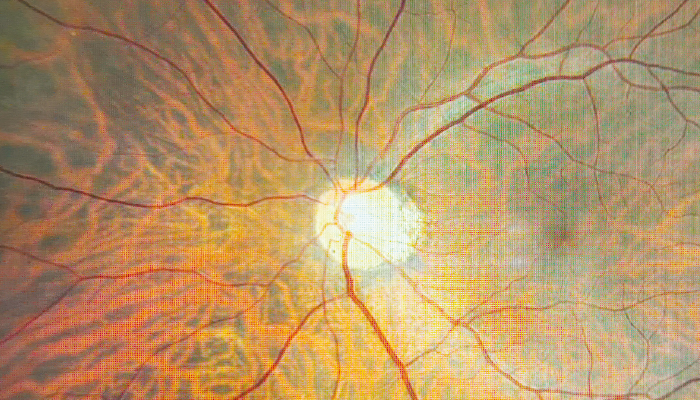
Credit: Shutterstock.com
A recent observational study from Ophthalmology Retina has outlined a new morphologic staging system for full-thickness macular holes (FTMH) using spectral domain optical coherence tomography (SD-OCT) to track progressive outer retinal changes. The study analyzed SD-OCT scans of 52 patients over an extended period, defining four distinct stages of FTMH: Stage A shows initial separation of the retina from the retinal pigment epithelium (RPE) without retinal changes; Stage B involves thickening of the photoreceptor layer; Stage C displays patchy photoreceptor loss, creating a "moth-eaten" appearance; and Stage D represents extensive photoreceptor loss with a bare external limiting membrane (ELM).
The multi-institutional team of authors found that higher FTMH stages at diagnosis correlated with longer symptom duration and worse baseline visual acuity, which also predicted poorer visual outcomes after surgery. Patients at Stages B or C had better postoperative visual recovery compared to those in Stage D. Overall, surgery success rates were high, with 86.5 percent achieving anatomical closure, although delays in surgery were associated with advanced degeneration and worse recovery outcomes.
The authors believe that the staging system provides a reliable imaging biomarker for assessing FTMH progression, offering valuable guidance for surgical planning. Their work helps to emphasize the importance of early intervention, with the extent of photoreceptor damage observed impacting postoperative outcomes.
This SD-OCT-based classification also aligns with histological findings, potentially enabling clinicians to predict visual recovery more accurately and tailor treatment to individual patients.
